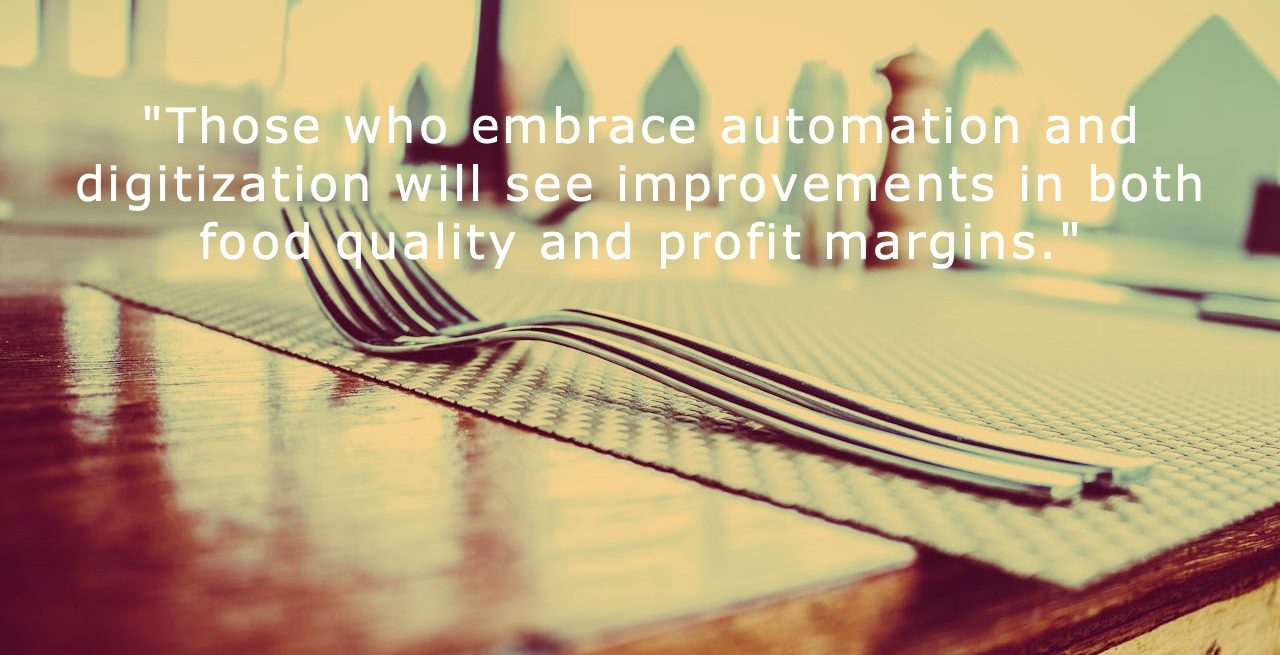Can AI Address Labor and Food Safety Challenges?
3 Min Read By MRM Staff
Can AI and robotics provide solutions to some of the toughest challenges faced by QSRs?
Ofer Zinger, co-founder of Kitchen Robotics, thinks so. The company's Beastro was designed to use AI to create personalized dishes, thereby cutting labor costs and cutting food waste. It also self-cleans, helping ensure food safety. Modern Restaurant Management (MRM) learned more from Zinger.
What are the main obstacles for brands and operators to integrate more robotics in restaurants?
There are several significant obstacles for brands looking to integrate robotics into their operations. First, many robotic solutions are still in development or have only been tested in controlled environments, rather than being fully deployed with actual clients. This limits their practical application and reliability in real-world settings. Additionally, many robots lack the versatility required to handle a wide range of cuisines and cooking processes, posing a challenge for operators needing adaptable solutions for diverse menu offerings.
Cost remains another major barrier, as the pricing of robotic solutions often remains unrealistic, and the unit economics may not be sustainable, making it difficult for operators to justify the investment. That’s where companies like Kitchen Robotics come in – the company stands out as one of the few companies to have successfully commercialized a product. For almost two years, its Beastro solution has been actively operating with corporate clients.
How can robotics help address key restaurant challenges such as labor costs and retention?
The foodservice industry faces significant challenges in hiring and retaining staff, even when wages are competitive. Post-pandemic shifts and generational changes have driven potential employees to other industries with work environments that better suit their preferences. Our flagship product, Beastro, requires minimal staffing—it can be operated by a single employee, handling all tasks from dish design and cooking to cleaning, analytics, site reporting, and optimization. This level of automation addresses labor shortages directly while reducing operational complexity.
Robotic technology doesn't just bring novelty; it delivers practical benefits that enhance the guest experience.
What do you envision restaurants of the future will look like, both in BOH and FOH, in regard to robotics?
While our primary focus is on the back-of-house (BOH)—from food preparation to cleaning—we foresee that labor shortages and rising minimum wages will continue to challenge the industry. Restaurants need to remain profitable, and lowering food quality is not a viable solution. As costs rise across various areas of the business, the long-term answer lies in incorporating technology, both in BOH and front-of-house (FOH). This includes automation, digitization, and data-driven optimization, all of which are already starting to shape the future of the industry.
How tech-savvy does a restaurant operator need to be now and in the future?
The technical knowledge required to operate robotic solutions is quite minimal. However, the industry is undergoing a transformation. Just as photographers adapted to digital cameras and consumers adopted ride-hailing apps like Uber, restaurateurs will also need to evolve. Some menus and dishes lend themselves more easily to automation than others, and each brand and location will need to adapt accordingly. These adjustments are already happening today, and those who embrace automation and digitization will see improvements in both food quality and profit margins.
What are the advantages of a more robotic kitchen implementation for issues such as food safety and waste?
In a fully controlled digital environment like Beastro, food temperatures and usage are continuously monitored, ensuring consistent and safe preparation. Fewer mistakes occur, reducing the need for retraining and minimizing food waste. Additionally, Beastro is designed to cook dishes individually, which allows for careful allergen management, ensuring customer safety.
In what ways can robotic technology be used to enhance the guest experience and engagement?
Robotic technology doesn't just bring novelty; it delivers practical benefits that enhance the guest experience. For example, chefs can easily create and test new recipes, which allows for frequent menu updates with minimal effort. Furthermore, robotic precision ensures consistency across dishes, regardless of the location or chef, which enhances brand value and meets customer expectations for quality and reliability.

